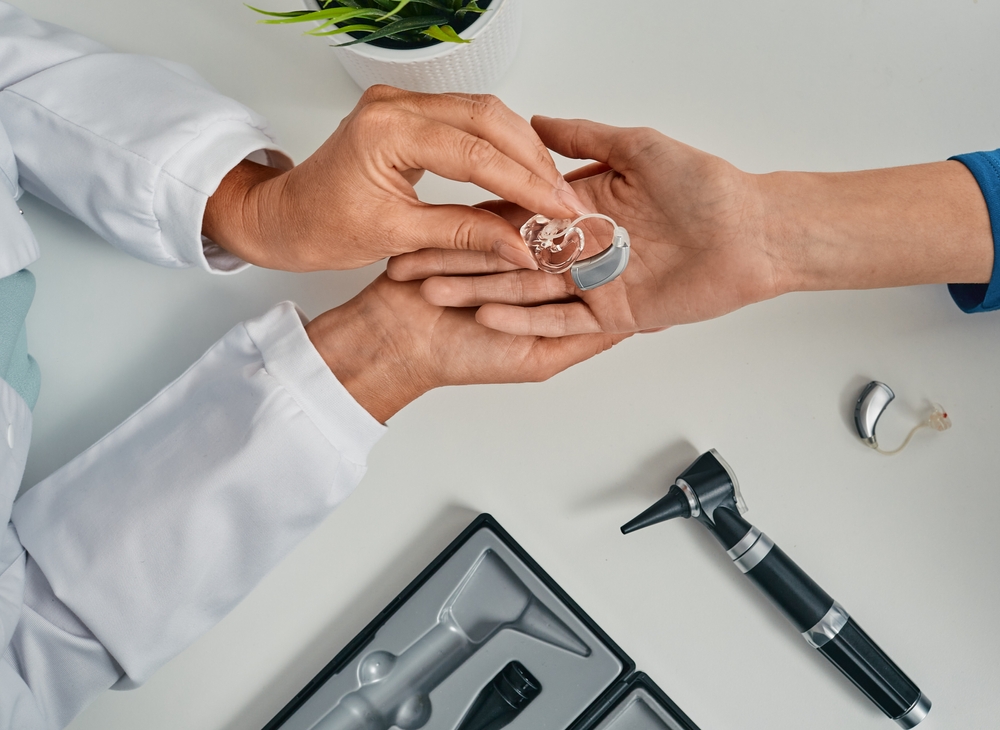
Hearing aids are vital for strengthening day-to-day communication by improving the clarity of sound. For ideal performance, it’s crucial to schedule routine maintenance and periodic professional cleaning sessions. As an outcome of prolonged use, an accumulation of earwax, moisture, and other particles can happen, causing functionality to decline. Recognizing when to seek professional servicing can help extend the lifespan of your hearing aids and maintain optimal performance.
Why it’s important to have your hearing aids professionally cleaned
Despite routine upkeep at home, hearing aids can slowly accumulate debris that might affect how well they work and the quality of sound they produce. Professional maintenance offers numerous key benefits:
- Thorough Sanitizing– Effectively eradicates stubborn earwax, dust, and moisture that routine cleaning methods often miss.
- Increased Performance– Clears obstructions that can cause dampened sound or distortion.
- Increased Longevity – Helps to prevent premature degeneration, thereby minimizing the need for repairs or replacements.
Getting your hearing aids cleaned by a professional helps ensure they function at their best, reducing the likelihood of sudden breakdowns.
Signals that your hearing aids require professional upkeep
If you’re not sure whether it’s time for an expert cleaning, watch for these common warning signs:
-
- Unclear or Garbled Audio: If voices and background noises seem faint, muted, or altered, the problem may be caused by obstructions, such as earwax or debris, impeding the device’s microphone or speaker.
- Persistent Whistling or Feedback: A high-pitched whistling sound (feedback) can indicate wax accumulation or a poor fit. A professional cleaning can help eliminate obstructions and refine the fit.
- Problems with Volume Control: If changing the volume doesn’t seem to have the intended effect, internal elements might need maintenance or software reset.
- High humidity can impact the device’s internal components, causing sporadic audio interruptions or faulty button control. A skilled expert can evaluate and resolve issues caused by moisture or water damage.
- Noticeable Wax or Gunk Accumulation: If you notice a substantial accumulation of wax or debris on your hearing aids, professional cleaning ensures a more complete clearing than at-home care.
What does a professional hearing aid cleaning look like?
A professional cleaning visit goes beyond routine maintenance and ensures your devices operate efficiently. Here a few things your hearing specialist will accomplish during a cleaning:
-
-
- Implement specialized tools to carefully extract wax, debris, and humidity from sensitive elements without causing harm.
- Examine and service components to verify all elements are working correctly.
- Assess software and hardware for any performance problems impacting sound quality.
- Replace any tubing or filters that might be affecting the performance of the device.
-
What is the suggested time frame for setting up professional maintenance?
The regularity of professional cleanings relies on factors such as earwax production, moisture levels, and usage habits. Commonly recommended best practices are:
-
-
- Every 3 to 6 months for standard maintenance.
- Regular cleanings are recommended for individuals who tend to produce a lot of earwax or live in locations with high humidity, as these environments can exacerbate wax accumulation.
- Dealing with small problems quickly can help avoid expensive repairs down the road.
-
Maintain your hearing aids for ideal performance
To keep your hearing aids functioning optimally and delivering crisp, clear audio, it’s crucial to schedule regular check-ups and maintenance with a hearing care professional.
If you’re experiencing muffled audio, feedback, or functionality issues, it may be time to schedule a professional cleaning.
Schedule your hearing aid cleaning and maintenance now.